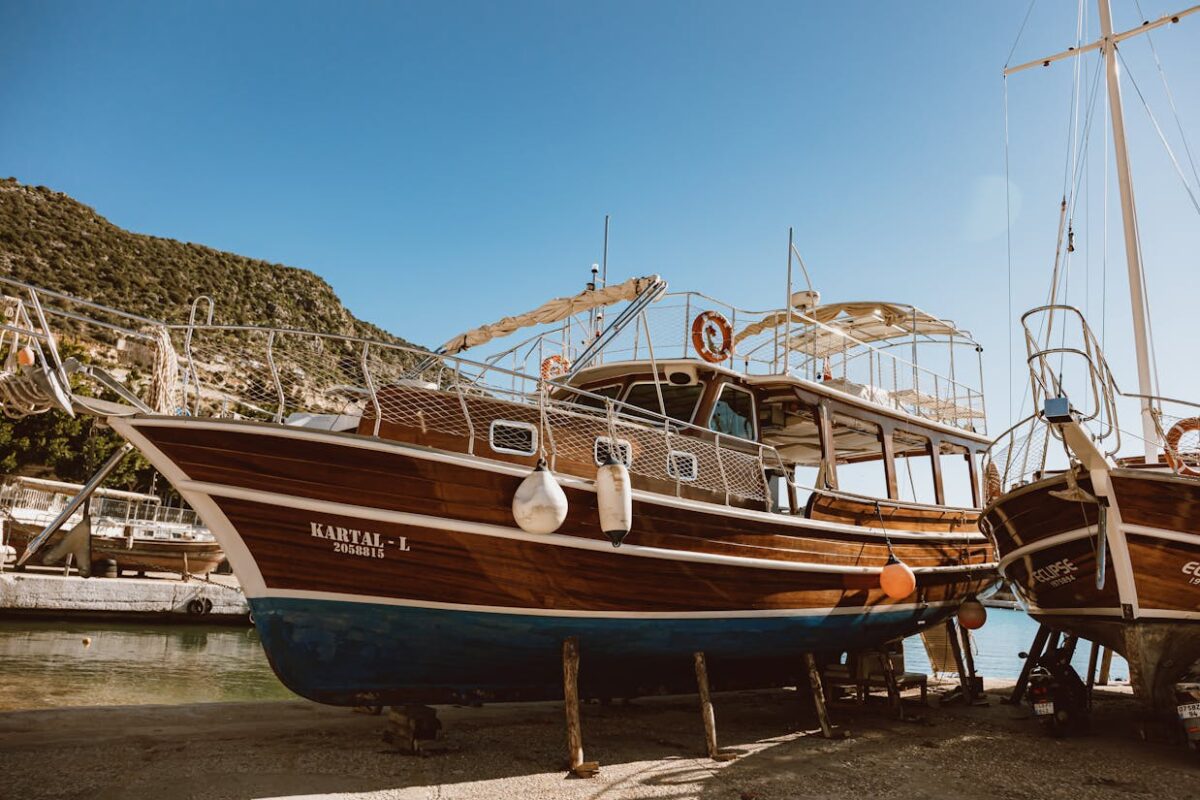
The vast expanse of the ocean, with its unpredictable nature, demands respect and meticulous preparation from all who dare to traverse its waters. Maritime safety isn’t just a protocol—it’s a lifeline that has been honed by generations of seafarers. This blog post draws on the wisdom of seasoned maritime veterans to outline seven critical safety practices at sea. Whether you’re a maritime professional, a safety enthusiast, or a travel blogger looking to explore the nautical world, these insights will serve as a valuable guide for your sea-bound adventures.
The Critical Importance of Safety at Sea
The significance of maritime safety cannot be overstated. The sea is a realm of immense beauty but also of great danger. Navigating its challenges requires not just skill and experience but also a deep commitment to safety practices that protect lives and assets. Maritime veterans, with their wealth of experience, offer invaluable lessons on how to mitigate risks and ensure safe voyages.
1. Comprehensive Pre-Departure Checks
Prior to setting sail, conducting thorough pre-departure checks is crucial. This involves inspecting the integrity of the vessel’s hull, ensuring that navigation systems are functioning correctly, and verifying that safety equipment is accessible and in good condition. Veteran advice emphasizes the importance of not overlooking even the smallest detail, as the sea forgives no oversight.
2. Regular Safety Drills
Frequent and realistic safety drills are paramount. These exercises ensure that crew members and passengers are familiar with emergency procedures, including the use of life rafts, fire extinguishers, and communication equipment. Experience shows that in moments of crisis, familiarity breeds calmness and efficiency.
3. Weather Vigilance
The weather can be a sailor’s best friend or fiercest enemy. Constant vigilance and respect for weather forecasts are essential. Maritime veterans recommend using both modern technology and traditional seafaring knowledge to make informed decisions about when it’s safe to proceed and when it’s wise to seek shelter.
4. Navigation Proficiency
In the age of GPS, the art of traditional navigation remains as relevant as ever. Knowledge of chart reading, celestial navigation, and understanding maritime signals can save lives when technology fails. Seasoned sailors advise a balanced approach, leveraging both modern tools and time-honored skills for safe navigation.
5. Communication is Key
Maintaining open lines of communication with coastal authorities and other vessels enhances safety at sea. It ensures that help is within reach during emergencies and aids in avoiding potential hazards. Veterans stress the importance of regular check-ins and the use of standardized maritime communication protocols.
6. Safety Gear Maintenance
Safety equipment must be kept in pristine condition. This includes life jackets, flares, first aid kits, and emergency rations. Regular checks and maintenance ensure that when the gear is needed, it will perform as expected. Tales from the sea have often highlighted how well-maintained equipment made the difference between peril and safety.
7. Continuous Education and Training
The sea is a great teacher, and its lessons are endless. Continuous education and training in safety practices, first aid, and survival techniques are critical. Workshops and courses offered by maritime institutions provide updated knowledge and skills that keep pace with advancements in safety protocols and technology.
The Future of Maritime Safety
Technological advancements continue to revolutionize maritime safety. Innovations such as automatic identification systems (AIS), advanced weather forecasting models, and enhanced life-saving equipment offer new layers of security. However, technology is only as effective as the people who use it. The wisdom of maritime veterans reminds us that technology complements but does not replace the need for vigilance, preparedness, and respect for the sea.
Case Studies: A Testament to Best Practices
Real-life case studies of successful safety implementations underscore the life-saving potential of adhering to these practices. From commercial vessels navigating through treacherous waters to personal yachts facing unexpected storms, the lessons learned from these experiences are a testament to the efficacy of preparation, knowledge, and respect for maritime safety protocols.
Conclusion
The sea offers boundless opportunities for adventure, commerce, and discovery. Yet, its unpredictable nature demands our utmost respect and diligence in safety matters. By adhering to the best practices shared by maritime veterans, we honor their wisdom and contribute to a safer maritime environment for all.
We encourage our readers to share their own experiences and insights on maritime safety. Together, we can continue to build on the legacy of safe sea travel for future generations.